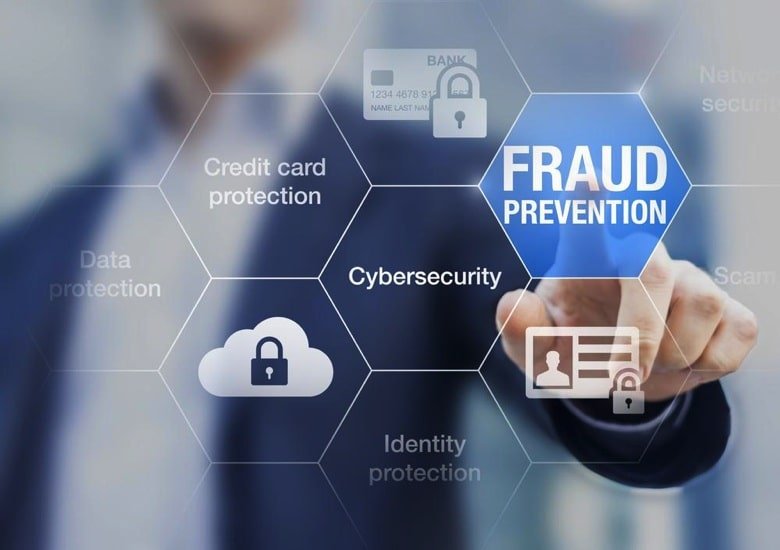
Shutterstock
The more sensitive data you have online, the higher the risk of losing not only them but also your digital identity. You may ask, does someone collect data about you online? Well, yes, and it is many more people than you can even imagine. Information about users (photo, name, date of birth, address of residence, phone) today collects most Internet services. These details create your digital portrait. So, here and now, you need to know what identity theft protection is and how to secure your data on the Internet. Social media and search engines collect information about you, your interests, and your preferences. Besides, specialized trackers that monitor your web surfing history are built into the sites of many mail services, stores, apps. In general, if you are an active user of the Internet, it will not be possible to escape from it, but you can think about your security.
What’s Wrong with That?
Such information may be collected for marketing purposes. Companies are willing to pay a lot of money for customers’ portraits to sell their services more efficiently. The more detailed this portrait is, the higher the price it has. Such data trade may be unpleasant, but it is not illegal. Most often, it is used by insurance companies or banks to see if they will face non-payment of credit or high costs to cover health insurance.
Much more dangerous if this information falls into the hands of frauds. For example, they can steal it or buy it in one of the superstitious forums. Unfortunately, massive user data leaks happen regularly today. And not only small online stores but also giants like Yahoo! or Facebook face such problems.
What Exactly Can Happen?
The frauds have many methods of personal data use. For example, spammers and phishers can use your name when sending messages. As the sad experience shows, personalized mailings work much more effectively than mass and impersonal.
It happens that criminals also hunt for a particular person. For targeted phishing to work, they need to get as much information as possible about the user. For example, whether he is selling a car now, is he going abroad, or has he visited a restaurant recently – all this can be used to compile a highly plausible fraudulent message so that the victim is caught on the hook.
What About Sealing a Digital Identity and Leaking Biometric Data?
The theft of the user’s entire digital identity is gaining increasing momentum. This phenomenon itself is not new. Fake pages on social networks appeared at the same time as social networks themselves. The frauds can create a fake page and register it at doubtful resources or even worse using your data. Today, however, this threat has been developed.
Today, even without special knowledge, you can edit a video of inappropriate content with your friends. If, of course, they have at least a dozen or more photos online. Most of us have. If today a fake video with your friend can be distinguished from the real one, in the nearest future, we may expect the real “masterpieces,” which can be recognized only with the help of special technologies. The same applies to voice data: today, there are commercial solutions for imitating someone else’s voice.
A separate risk that is becoming extremely dangerous is biometric leaks. A face, voice or fingerprint can become a universal authorization tool soon. The theft of biometric data opens up overwhelming opportunities for fraud. At the same time, you will not be able to change the face or fingers, unlike the password.
How Can I Protect My Data?
Don’t share too much information
Especially in open areas. Although, there were cases when photos of people flowed from closed publications. Any action on the web leaves a digital trace. In many cases, nothing can be done about it if you do not resort to a radical rejection of technology. But to a certain extent, it can be controlled.
Update Your Social Media Privacy Settings
Limit strangers’ access to the information you wouldn’t want to share. On some sites, it is enough to put one or two ticks. Multiple options assume that different settings can be applied even for different photo albums. Therefore be attentive.
Be Careful About All Links You Follow
Data collectors can wait for you in the most unexpected places. For example, in popular tests like “What kind of fruit are you?” or “Whom would you become in Victorian England?” We don’t want to upset anyone, but often the primary purpose of such tests is not to help users understand themselves better, but to resell your digital portrait to marketers or frauds.
Protect Your Biometric Data
Very often, frauds gather your data without your knowledge, and not only on the Internet. For example, surveillance cameras are a source of information. But some measures can still be taken. In the same Facebook, facial recognition can be turned off at all. Besides, in social networks, you can remove the corresponding marks from the photos your friends left.
The less data you have about you online, the less risk of losing your digital identity. When interacting with modern online technologies, it is better to double-check everything a hundred times than to fight off spammers or search for their clones on the Internet.

Cyber Security Researcher. Information security specialist, currently working as risk infrastructure specialist & investigator. He is a cyber-security researcher with over 25 years of experience. He has served with the Intelligence Agency as a Senior Intelligence Officer. He has also worked with Google and Citrix in development of cyber security solutions. He has aided the government and many federal agencies in thwarting many cyber crimes. He has been writing for us in his free time since last 5 years.











